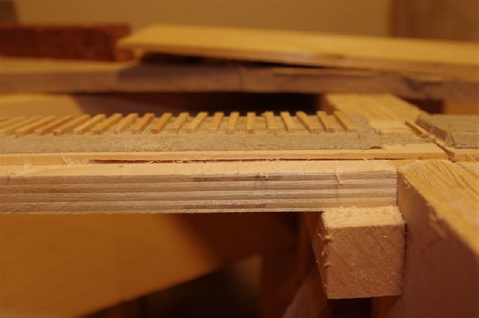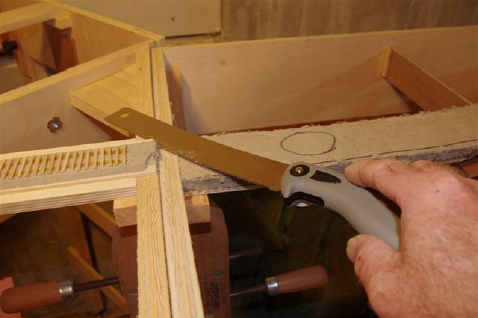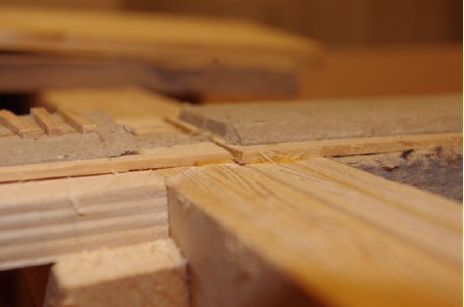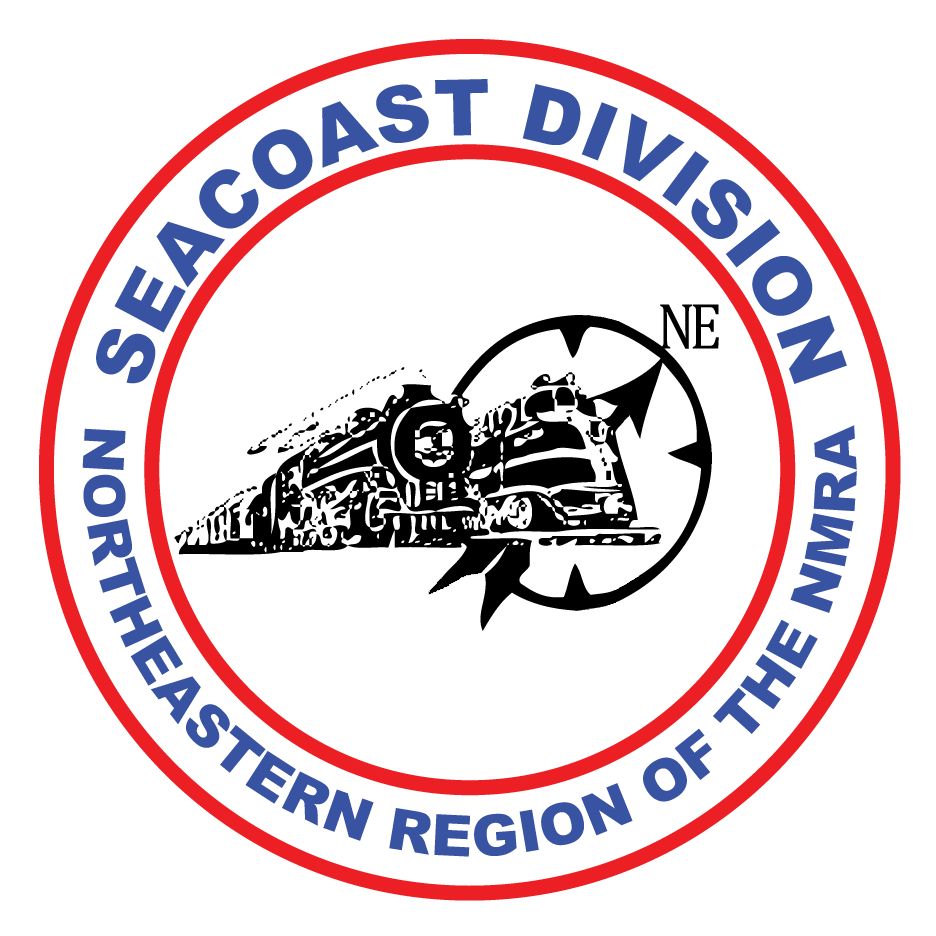Correcting Mistakes
February 4, 2015
Written by Bill Hodges
This article originally appeared in the October 2012 edition of The Switch Tower (Vol. 19 No. 4)
I have read, and seen, that true craftsmen make mistakes, but what differentiates the most skilled is their ability to correct mistakes in sometimes simple, yet reliable, ways that are not seen by the casual observer. Starting serious construction of my Free-mo modules has me making mistakes which made me think of writing this article. At the rate I'm making mistakes, this could evolve into on-going column.
This article describes two mistakes that had their root cause in my selection of roadbed. I am hand laying track and wanted to use Homasote for module decking in the yards and industrial areas. For the mainline/ branchline, I decided to use California Roadbed's 60 degree branchline roadbed which is nominally 1/8" thick. I vaguely remember when I ordered it I realized I would need to shim under the roadbed in order to make up 0.087" so that I will have the railhead at the specified 3/8 inch above the top of the endplate. The 0.087" is calculated by subtracting the thickness of the roadbed, ties & rail from 0.375" (3/8"). So 0.375 - 0.125 - 0.080 - 0.083 = 0.087, or slightly more than 5/64".
The mistakes I describe here are where two modules join and the railheads were not at the correct height. On one I managed to get the module's rail too high- the other too low. The one too high was because I did not double check the thickness of the shim strips before I glued down the roadbed and ties. The rail was high by about 1/32". The one too low was due to haste and forgetting the need to shim (the two were done weeks apart). It was too low by a little more than 1/32". On this one only the roadbed was glued.

For the high one I considered sanding the ties, but since they are a scale 7" (.087") there wouldn't be much left of them. I considered removing the ties and roadbed so I could sand the shims, but felt like this would be reverting too far. Finally, I used a Japanese trim saw to cut a kerf along the bottom of the shims where they join to the sub-roadbed. These saws have a thin blade, ~.040", and cut on the pull stroke.

They do not have a frame or a back as found on dovetail or back saws that cut on the push stroke. This allowed me to make a cut that extended about 6" in from the endplate. That and a little sanding of the ties will get the ties flat for the rails. Fortunately the shim was stiff enough that I could inject glue be-tween the top of the endplate and the underside of the shim at the end plate. This produced about a 1/4% grade which I actually want for this line running down to the yard near the waterfront.
In hindsight, removing 6 or 7 inches of ties and sanding the top of the roadbed would have been an alternative.
The second module, the one too low, was a bit more of a challenge because the there will be a turnout with its points about 6" in from the endplate. I used the same saw to cut the joint between the roadbed and the Homasote sub-roadbed for about 10". I sanded a shim from a shingle to provide a wedge that I inserted in the kerf. The photo below shows the previously high roadbed on the left and the corrected low to the right.

I admit making the shim/wedge was tedious be-cause it needed to be long and thin and wonder if I should have used another method such as building a wedge between the ties and the roadbed using various thicknesses of stripwood to aid in making the wedge. I hope I won't have to report about that, but will probably have the opportunity. One thing about the corrections as done is that once ballasted and scenicked, they should be unseen by the casual or keen observer.
